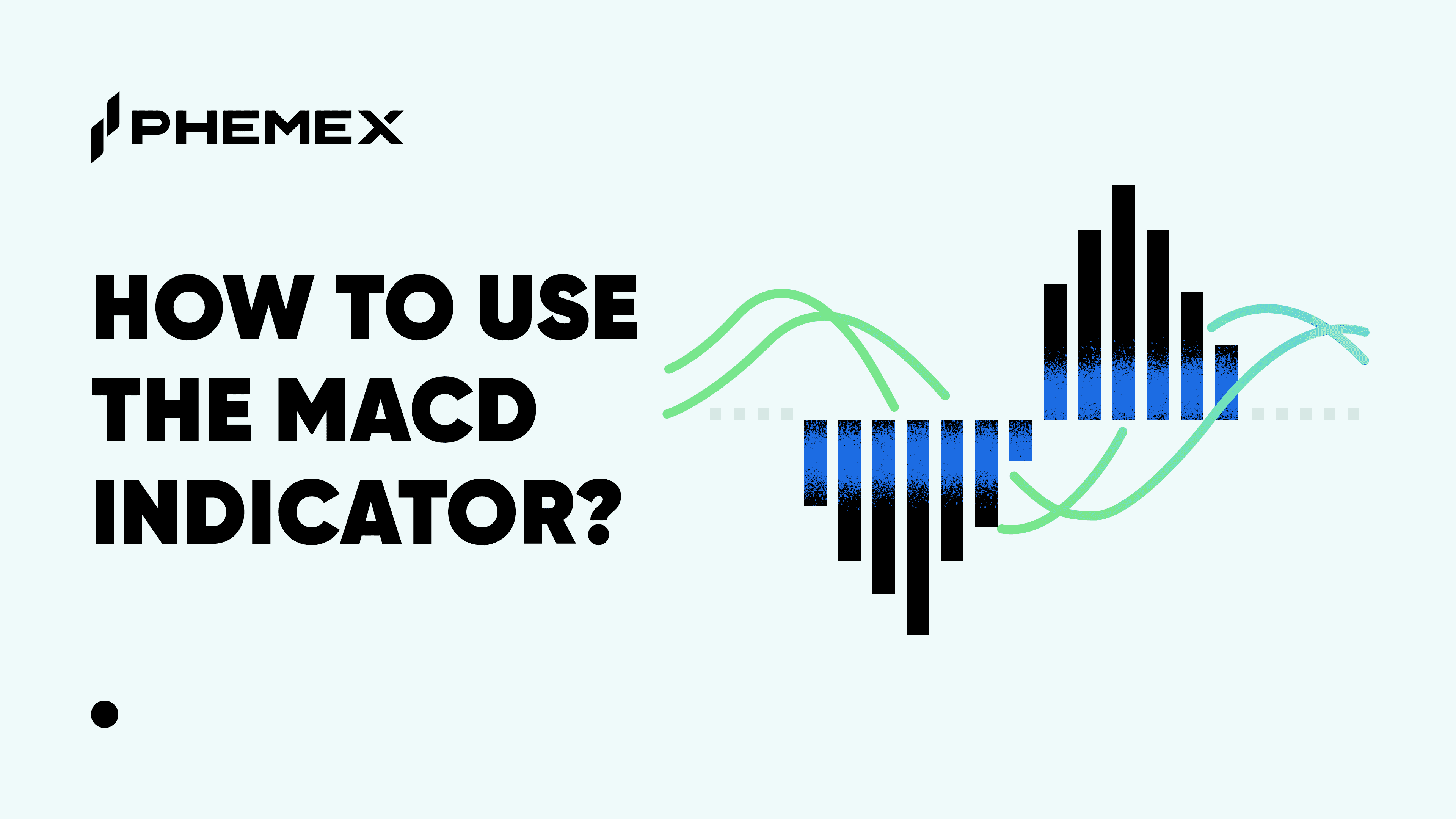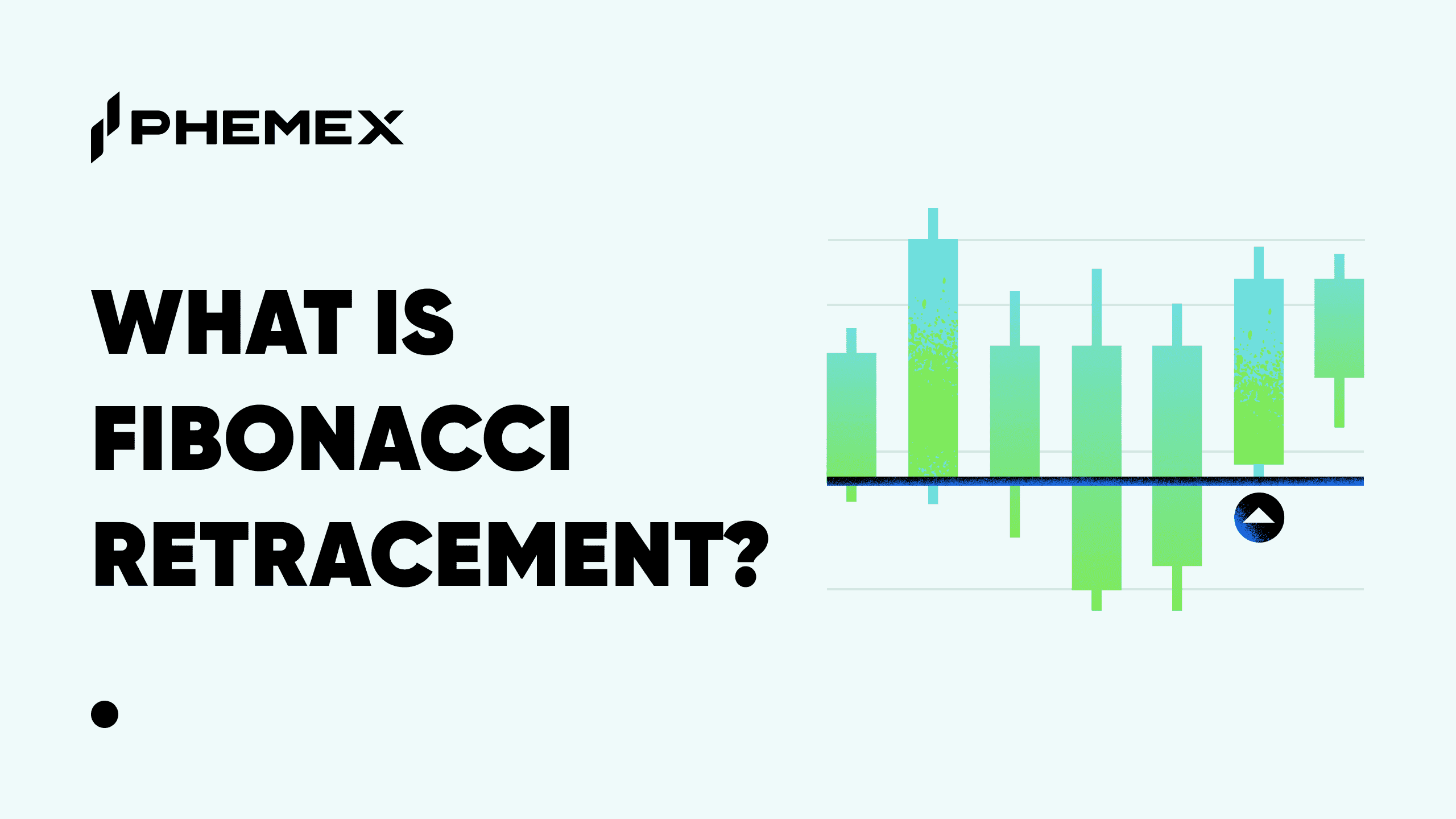Traders employ a variety of technical indicators to help them with their analysis of an asset’s performance. One technical indicator that has proved useful time and time again, is known as the TTM squeeze indicator.
Summary
- The TTM squeeze indicator is a analysis tool used by traders to identify when they can enter or exit a market for the best chance of profitability.
- The TTM squeeze pairs well with other indicators, such as the Average directional index (ADX) indicator, The TTM wave, etc.
- To efficiently use the TTM indicator, a trader will: 1 Look to see if the asset is in a squeeze; 2 Check the direction of the bars on the TTM squeeze’s histogram; 3 Check the power of the squeeze; 4 Check the TTM wave to confirm the direction.

What Is the TTM Squeeze Indicator?
Created by John F. Carter, the TTM squeeze was created to show when a contracting market was about to explode into a trending market. If the market enters a trend, for example when smart contracts made Ethereum (ETH) incredibly popular, the value of an asset can skyrocket. If a trader can identify the point before that asset enters a trend, they can prepare their trade accordingly and enter the market at the best possible point. The TTM squeeze indicator is therefore the market analysis tool used by traders to identify when they can enter or exit a market for the best chance of profitability.
As a volatility-based indicator, the TTM squeeze indicator shows when an asset is going to change from a trending market to an oscillating one, and vice-versa. If an asset’s value is increasing but is expected to revert to the mean value in an oscillating pattern, traders can engage in a reversion to the mean trade (otherwise known as an oscillating trade). On the other hand, if the asset’s value continues to climb in a trend, that strategy will not work. Thus, knowing whether the value is likely to trend continuously in one direction, or if it’s likely to revert is of paramount importance.

An oscillating pattern seen through a candlestick chart. (Source: fxtradingrevolution.com)
How to Read the TTM Squeeze Indicator and How Does the TTM Squeeze Work?
The TTM squeeze indicator is a tool that considers both the Bollinger bands and the Keltner channel of an asset to evaluate where the market will change into a trend. It does this by checking for the period in which Bollinger bands (showing changes in volatility) enter into the realm of the Keltner channel (showing a 10-day moving average of an asset). This period, when the volatility of the asset moves into the average value of the asset, is known as a squeeze. It indicates that the asset’s volatility is likely to increase, so traders can make great profits by timing their market entry and exit.
The main components of a TTM squeeze are:
- Red and green dots running along a 0 line: These dots represent the readings of the Bollinger bands and Keltner channel on an asset. When the Bollinger band travels within the Keltner channel, the asset is understood as being in a squeeze (represented by red dots). When the Bollinger band comes out of the Keltner channel, the dots will turn green as a sign that the market has “fired.” The best time frame for carrying out a trade, according to a TTM squeeze, would be as soon as the dots turn from red to green.
- The TTM squeeze histogram: The histogram shows whether the asset’s value is going in upward or downward momentum. If the histogram’s lines are rising above the 0-line, upward momentum is expected. If the histogram’s bars are below the 0-line, downward momentum is indicated.

A TTM squeeze. (Source: youtube.com)
Traders can look at the TTM squeeze and recognize that if the red dots turn to green and the bars are showing upward momentum, then they should go long. If, however, the red dots turn green but the bars are showing downward momentum, then the trader should go short on their trade.
The TTM squeeze provides a trader with invaluable information, but as with any trading tool, nothing is ever 100% certain. It is best used in conjunction with other indicators and trading tools.
How to Use the TTM Squeeze?
Reading and using the TTM indicator are two different things. As mentioned, the TTM squeeze pairs well with other indicators. Two of these are:
- Average directional index (ADX) indicator: This is used to measure volatility, with a high wave (over 20) meaning high volatility, and a low wave (under 20) meaning low volatility. It does not, however, tell you in which direction that volatility is going, which is why it needs to be used in conjunction with others for a successful trade. The most powerful squeezes take place in periods of low volatility going to high volatility. The squeeze predicts that the asset’s value is getting ready for big fluctuations.
- TTM wave: The TTM wave is the perfect addition to the ADX index because it indicates the direction of volatility — which is exceedingly important in determining whether a trader should be looking to enter or exit the market. When the TTM wave is above 0, this indicates that the market will be bullish in its momentum, while when it is below 0, this indicates a bearish momentum.

A graph showing the candle bar chart (top), TTM squeeze (second from top), ADX indicator (second from bottom), and TTM wave (bottom) of an asset. (Source: simplertrading.com)
How to efficiently use the TTM indicator?
To efficiently use the TTM indicator, a trader will:
- Look to see if the asset is in a squeeze by checking the color of the dots on the TTM squeeze indicator.
- Check the direction of the bars on the TTM squeeze’s histogram.
- Check the power of the squeeze by looking at the ADX indicator to see if we are in a period of low volatility that will turn into high volatility.
- Check the TTM wave to confirm the direction of the volatility.
By doing so, a trader has a better chance of embarking on a successful trade. For example: if the TTM wave and the TTM squeeze show that there is a squeeze and the momentum is upward, and the ADX shows low volatility going to high volatility, then the trader should enter the market before the trend actually occurs.

A graph showing where the squeeze is confirmed across the candle bar chart (top), TTM squeeze (middle), and ADX indicator (bottom) of an asset. (Source: simplertrading.com)
TTM Squeeze Indicator vs. Popular technical Indicators
In addition to the technical analysis tools and indicators used alongside the TTM squeeze indicator, there are many others. Oscillators in particular are great tools to identify bullish and bearish behavior. Each one is slightly different, however, so traders should check which works best for them:
TTM squeeze vs. Rate of change (ROC) oscillator
The ROC oscillator shows how much the value of an asset is changing overall. It does this by using a look-back price from a previous point (usually 12 periods prior) and the current price to calculate the rate of change from the first period to the current period.
TTM squeeze vs Awesome oscillator (AO)
The AO oscillator also shows a moving price average based on a current price and a previous price point. Differently to the ROC, however, the AO forms its average price by subtracting the simple moving average (SMA) price over 34 periods from the SMA price over 5 periods. Additionally, it uses the median price seen during the trading day, as opposed to the closing value of the trading day. This means that the average given is more in line with the whole trading day. The AO oscillator and TTM squeeze both offer indications of oncoming trending behavior.
TTM squeeze vs. Moving average convergence divergence (MACD)
The MACD is very similar to the AO oscillator and also uses two moving averages to calculate the strength of an asset. Differently, however, it uses the more sensitive exponential moving average (EMA) instead of SMA, and it chooses different periods. The MACD subtracts the 26-day exponential moving average (EMA) from the 12-day EMA. Following this, it also shows the 9-day EMA as a signal indicator. The MACD therefore puts more emphasis on current data than the AO and the TTM squeeze and is thus a good tool to use to confirm price predictions and direction.
TTM squeeze vs TTM wave
As mentioned above, the TTM wave also shows the momentum and direction of an asset. It combines three waves (the ABC waves) to achieve an accurate representation of asset momentum.
Conclusion
The TTM squeeze indicator formula is a great method used by experienced traders, whether in crypto or traditional stock markets. It offers the chance to make great profits and can be used in conjunction with a large variety of tools, oscillators, and indicators to get the most accurate reading possible.
PhemexPulse
PhemexPulse is a unique feature of the Phemex Web 3.0 ecosystem, aimed at bringing the crypto community closer together. It rewards engagement with a daily prize pool of 1,350 Phemex Tokens for users who actively participate. Essentially, it's a social network that offers rewards for interaction, including direct communication with top crypto influencers and the ability to trade exclusive tokens. PhemexPulse aims to foster a sense of unity and collaboration, positioning itself as a key gathering place for crypto enthusiasts.
For any inquiries contact us at support@phemex.com
Follow our official Twitter | Join our community on Telegram
Trade crypto on the go: Download for iOS | Download for Android
Phemex | Break Through, Break Free
Read More
- Short Squeeze: What is it, How to predict a Bitcoin Short Squeeze?
- What Is Trend Trading: Following the Market When It Pays
- What is TRIX Indicator: The TRIX of the Trade and How to Use Them
- TradingView: What Is It and How to Use It to Trade with Phemex
- How to Read Crypto Charts: Learn Trading Chart Patterns
- What is Social Trading in Crypto & How does it Work?
- What Is Momentum Trading? Profiting from Market Volatility
- Wyckoff Accumulation & Distribution: How to Trade with the Wyckoff Method












